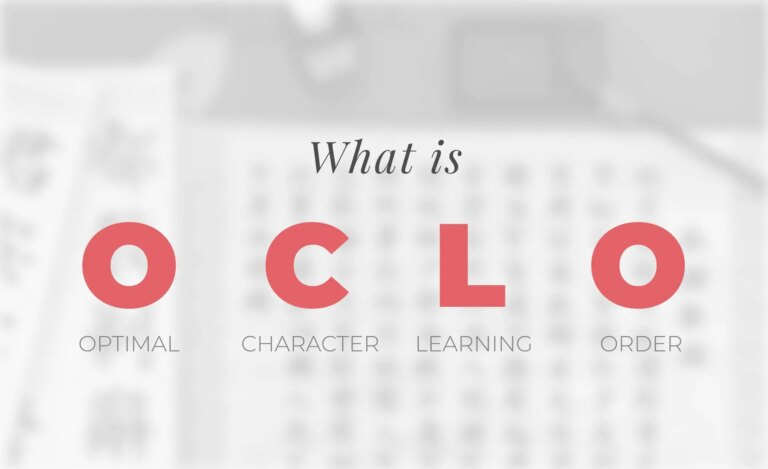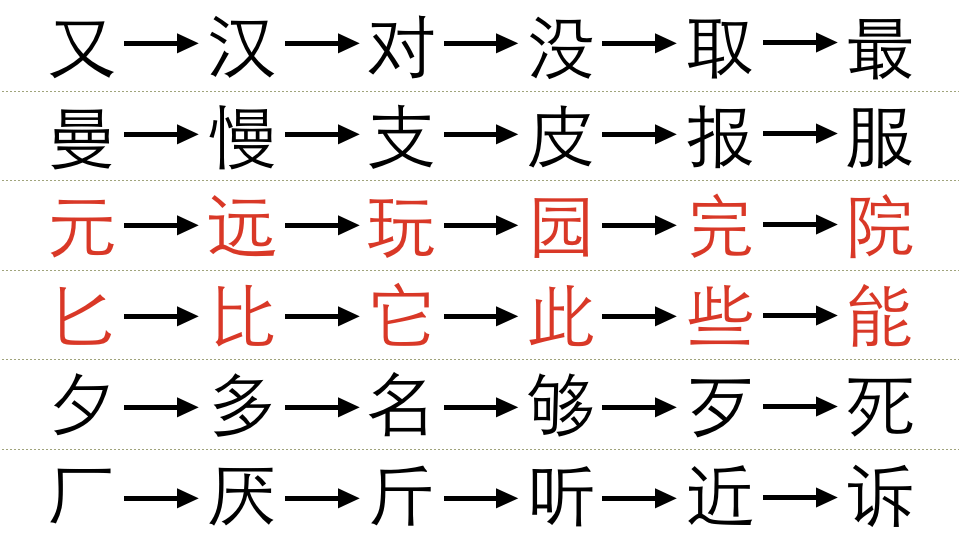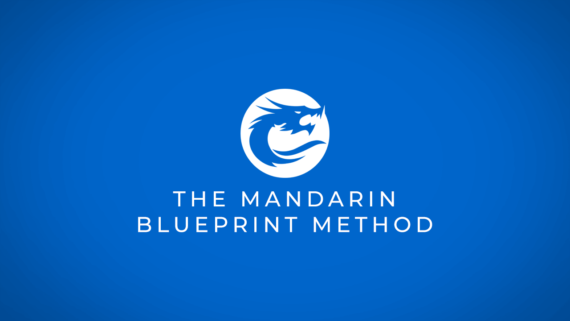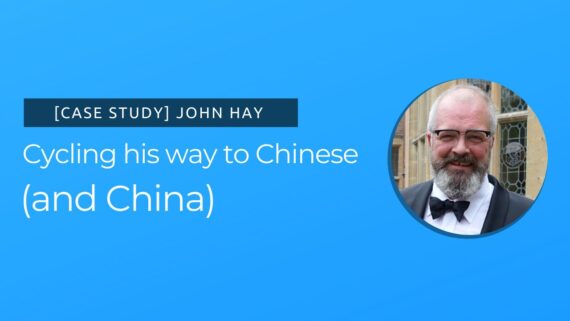Learn Chinese with OCLO (Optimal Character Learning Order)

The Mandarin Blueprint Method is different from anything you’ve tried before to learn Chinese. There are literally about nine reasons for this, but if we had to boil it down to the most crucial factor, it has to be our Optimal Character Learning Order or OCLO (pat. pending).
What is OCLO?
OCLO is the “no wrong turns” secret sauce of Mandarin Chinese. NOTHING will de-motivate you faster than the realization that you’ve been following the wrong path or wasting time on irrelevant information. Mandarin may be a higher mountain to climb than other languages, but if you aren’t making any wrong turns, you’ll reach the summit in the most efficient way possible.
Chinese is super intimidating at the beginning. Not only do you need to learn 500 characters to reach 80% acquisition by frequency and 3000 for all characters used in day-to-day life (think understanding what you see in the newspaper), but you must also know which characters to learn first. It’s a COMPLICATED problem (we know…we’ve literally lost hair over it :-P).
Why Was OCLO So Tricky to Create?
In the beginning, we had to consider the following:
- Which characters have shared components?
- Of those, which ones appear in the most words?
- What’s the frequency of those components, characters & words? Is it frequent in spoken Chinese, written Chinese or both? (Yes, there’s a difference).
- What are the most common grammar structures & do they contain essential characters?
我的妈呀! What a lot to intellectually juggle. THAT’s why OCLO is fantastic. Without it, you’d have to figure that out on your own. As a beginner. With no knowledge of Chinese. Good luck.
OCLO ensures that every character you learn is of utmost relevance not only to the Chinese language itself but also to what you’ve already learned. EVERYTHING builds off of your sphere of knowledge.
How Does OCLO Build On What You Already Know to Learn Chinese?

If you learn a new component, you see it combined with components you already know.
Are you learning a new character? You better believe you already know the components.
How about a new word? Couldn’t be easier to learn, because you’ve already mastered the two (or more) characters in the word.
Grammar? Psh, Chinese grammar is easy…with the eensy-weensy caveat that you, ya know, already know characters. A huge caveat without OCLO, a non-issue with it.
OCLO Simplifies the Hardest Aspect of How to Learn Chinese
The only critical element of Chinese that makes it longer to learn than other languages is the characters. You can’t read anything without them, and reading is the fastest way to acquire language. Without OCLO, learning even simple grammar is a fog of confusion and running to the dictionary.
If you are looking at a 10-character sentence like 我的姐姐正在喷着香水, the difference between knowing all the characters and not knowing them is astronomical.
Scenario #1: You Know the Characters
*That doesn’t mean there’s nothing to learn*. Perhaps you never knew that 喷 is the correct verb to use with 香水. Maybe it’s the first time you’ve seen 正在 and 着 used together in the same sentence. Either way, the challenge is in the grammar. This ISN’T too tricky of a task, but only if you know the characters.
Scenario #2: You Don’t Know Some of the Characters
Forget grammar; you don’t even know parts of the sentence! Figuring it out from here is a pain. Seriously, we’ve done it. Dictionaries become a crutch & grammar falls by the wayside. Fundamentally, you have to backtrack each time you see something new.
Your Cheat Code to Learn Chinese
With OCLO, not knowing the characters in a sentence is no longer an issue. On the contrary, you only see the characters and words you’ve already learned so that you aren’t wasting time — no need for dictionaries, no backtracking, and most importantly NO WRONG TURNS. You get to the summit as quickly as possible. It’s still a mountain, but the path is paved, the map is detailed, and your compass is pointing north. Now it’s time for that first step.








